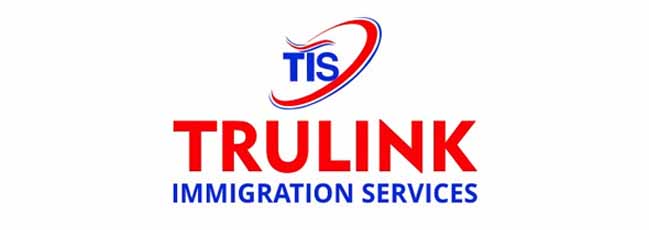The following are the different segments included in a standard Canadian curriculum vitae:
- CONTACT: The contact information entails; Name, Mobile number, Professional email address, LinkedIn and the home Address.
- PROFESSIONAL SUMMARY: Highlight your best experience and achievement so far. (e.g., If you were a manager, you could talk about how many people you were responsible for, the executives that made up your team. If you worked in sales, you could briefly talk about the number of products you sold in the month)
- WORK EXPERIENCE: Summarize each role you have worked as from your most recent position and backward also back it up with quantifiable achievements. Each of the positions you have once held should contain the following:
– The name of the company at which you were employed and the location of the branch which you were based at.
– The job title (Role /Position) must be included. You must ensure the title of your job matches your job description (e.g., – A Media Manager- Manage production of press releases, blog posts and newspaper articles).
– The details about the role; You could use a short paragraph describing what your role was and use bullet points for your assignments, responsibility, and achievements with examples (e.g., As a sales manager, I was able to increase sales from $5000 to $15000 per month over a three-month period).
– The date in which you were employed (Month and year). You could also show career progression in a job.
- EDUCATION AND PROFESSIONAL CERTIFICATION: List any degree you have along with the date attended, the name of the institution and the location. Include your Grade Point Average (GPA) if you have one. Include any relevant professional qualification or certification and the date obtained. If you are yet to yet to graduate, you can give your expected graduation dates and Grade Point Average (GPA) if you have one.
- SKILLS: This section shows the employer that you possess the abilities required to succeed in the role and that you are qualified for the job. Therefore, you are expected to list your relevant skills and strengths related to the job. Hard Skills are job-related competencies and abilities that are necessary to complete work e.g., computer skills, presentation skills, technical, marketing skills, etc. While soft skills are personal qualities like communication, leadership skills and the likes. Therefore, demonstrate a healthy mixture of both hard and soft skills.
NOTES
Try as much as possible to use keywords and bullet points to avoid a wordy resume. (A page or two will do). Your references should be people you have worked with or that have watched you work for over two years and above. Make use of standard font (font size: 10 or 12, font family: Times New Roman) while writing your resume.
A cover letter should also be included alongside your resume /cv.
- COVER LETTER: The cover letter is a one-page letter that includes why you are applying for a particular position, a brief overview of your professional background and what makes you uniquely qualify for the job. A cover letter consists of the following sections:
– Header: Includes the company’s address and name on the right-hand side and your own address including name, email address, phone number (at the top left-hand side)
– Salutation: Dear {Hiring Manager’s name}, Dear Sir/Ma
– Opening Paragraph: It should contain your name, profession, and the role you are applying for. (e.g., My name is Fiona Justice, I am a media professional currently working as Media manager at YOUR VIEW. I am reaching out to express my interest in Network Operation position at MTN Telecommunications)
– Middle Paragraph: Make it known that your skills match with the requirement of the role you are applying for. State your relevant skills and why you are best for the job and why your skills and experience would be a fit for the position.
– Closing Paragraph: Thank the hiring manager for taking his/her time to read your letter. You can close the letter by using any complementary close such as sincerely, respectfully, etc., Thank you for the consideration and write your full name afterwards.
NOTE
Keep your cover letter simple and easy to read.
A cover letter should not exceed a single page.
Make use of standard font (font size: 10 or 12, font family: Times New Roman) while writing
your cover letters.
